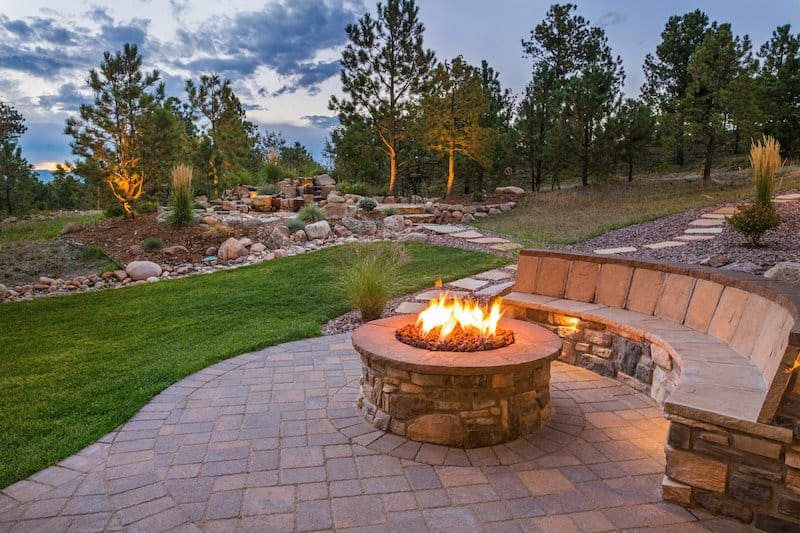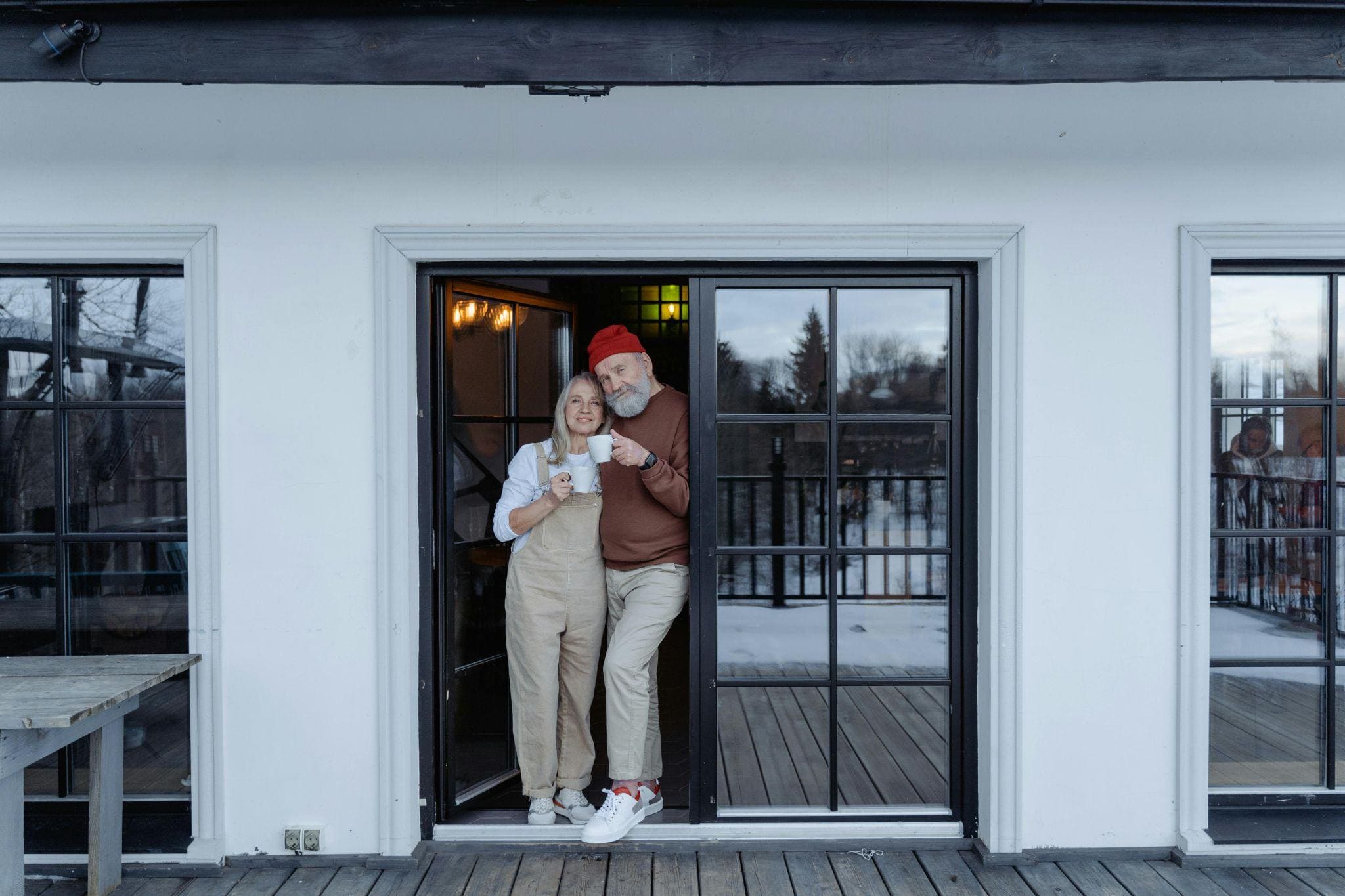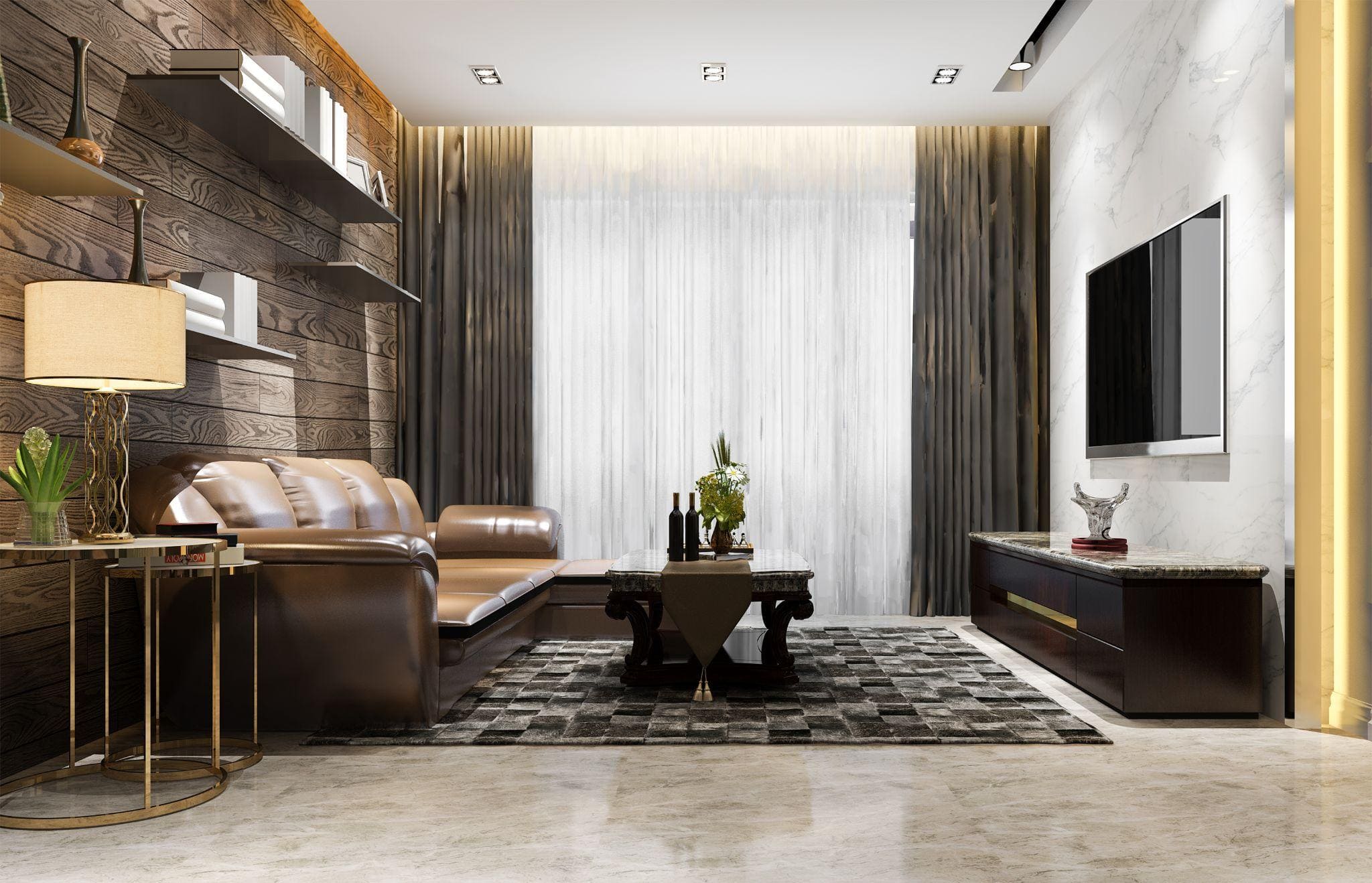Introduction
Nestled on the gentle curve of a sloping landscape, the idea of creating a firepit becomes a unique and captivating endeavor. The interplay of earth and fire takes on new dimensions when harmonized with the natural contours of a slope. This article delves into the art and science of designing and building a firepit on a slope, blending functionality with aesthetic allure.
Understanding the Slope
Before embarking on the journey of constructing a firepit on a slope, it’s crucial to comprehend the topography of the land. Each slope is unique, presenting challenges and opportunities. Assess the gradient, direction of water flow, and soil composition to determine the ideal location for your firepit. A well-informed choice ensures a harmonious integration of the firepit into the natural surroundings.
Design Considerations
- Terracing for Stability: A sloping landscape can benefit from terracing to create level platforms. Incorporate these terraces into your firepit design, not only for stability but also as visually appealing tiers. Each level can serve a different purpose – from seating to housing decorative elements.
- Natural Materials: Opt for materials that complement the environment. Locally sourced stones, bricks, or even reclaimed wood can be used to construct the firepit. This not only minimizes the environmental impact but also enhances the firepit’s seamless integration into the slope.
- Curved Lines for Grace: Embrace the natural flow of the slope by incorporating curved lines in the firepit design. This not only adds grace to the structure but also enhances its visual connection with the surrounding landscape. Curved seating walls or a circular firepit can be excellent choices.
Construction Steps
- Site Preparation: Clear the selected area, removing any vegetation and debris. Mark the terraced levels, ensuring they are level and stable. Consider excavating slightly into the slope to create a more anchored foundation.
- Foundation: Build a solid foundation to support the firepit. Depending on the slope’s severity, this may involve digging deeper on the uphill side and using retaining walls or backfilling with gravel on the downhill side to ensure stability.
- Materials Placement: Strategically place your chosen materials, starting with the bottom tier. Build up the layers, ensuring each one is securely anchored. Pay attention to the aesthetics, allowing the natural beauty of the materials to shine.
- Firepit Insert: If using a firepit insert or bowl, position it securely in the center of the constructed structure. This becomes the focal point, around which the rest of the design revolves.
- Seating and Finishing Touches: Complete the firepit area with comfortable seating integrated into the terraced design. Add finishing touches, such as decorative stones, plants, or even built-in lighting to enhance the ambiance.
Safety Considerations
- Fire Safety: Given the slope, ensure proper clearance around the firepit to minimize the risk of fire spreading. Use a fireproof base, and consider adding a spark screen to contain embers.
- Accessibility: Design the firepit area to be accessible and safe for everyone. Incorporate pathways that navigate the slope smoothly, avoiding steep inclines.
Conclusion
Building a firepit on a slope is a captivating endeavor that merges the primal allure of fire with the natural beauty of the land. By understanding the slope, thoughtful design considerations, and meticulous construction, you can create a haven that not only complements the landscape but also invites moments of warmth and connection in the embrace of nature. Embracing the elements, your firepit on a slope becomes a testament to the harmonious coexistence of human creativity and the earth’s inherent beauty.





